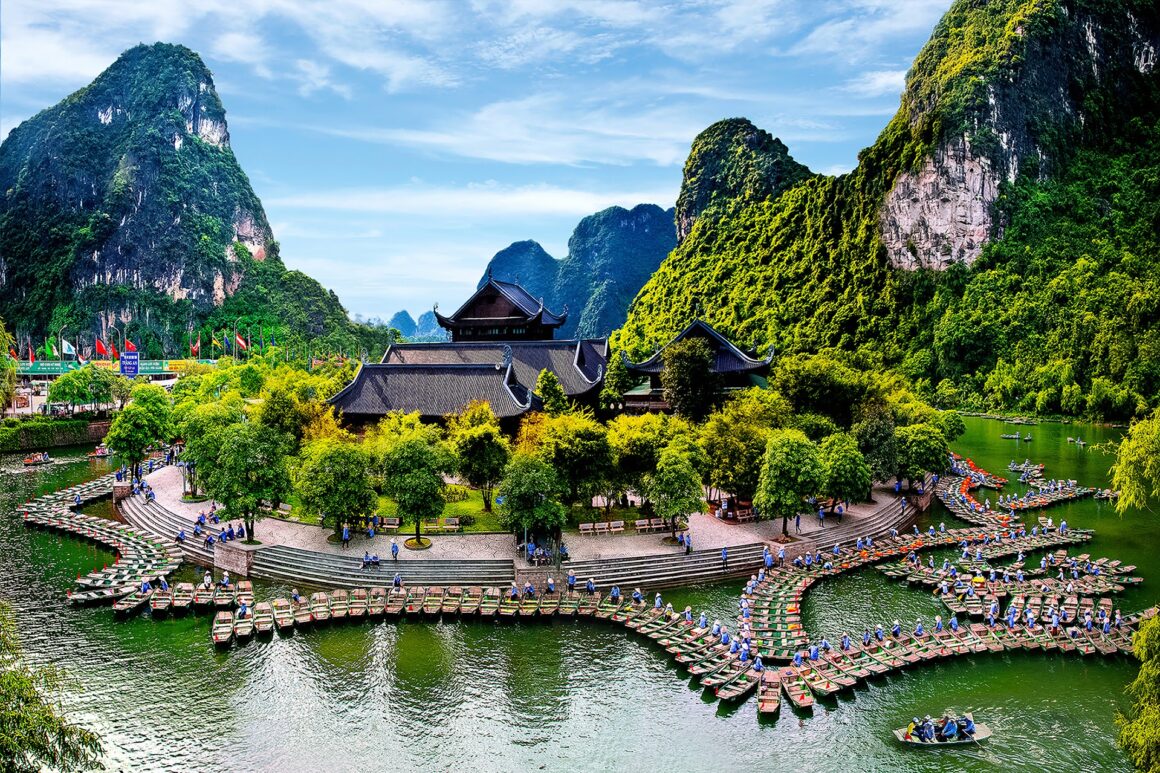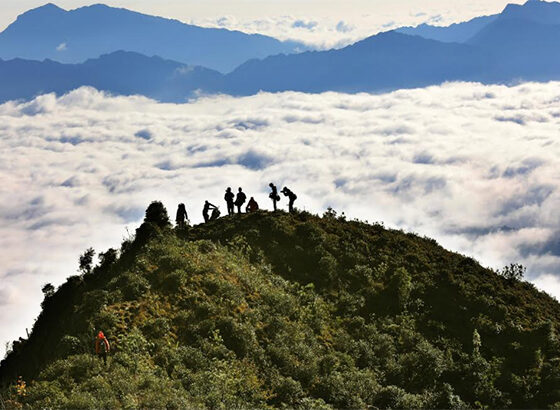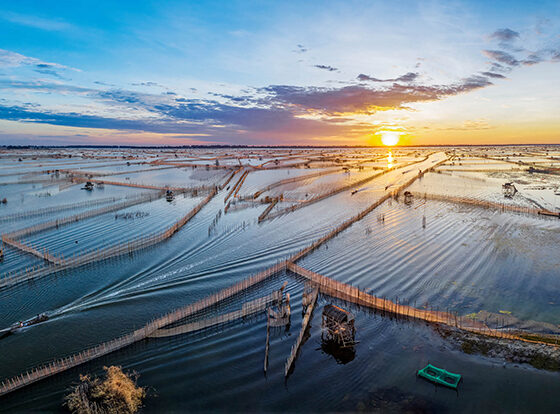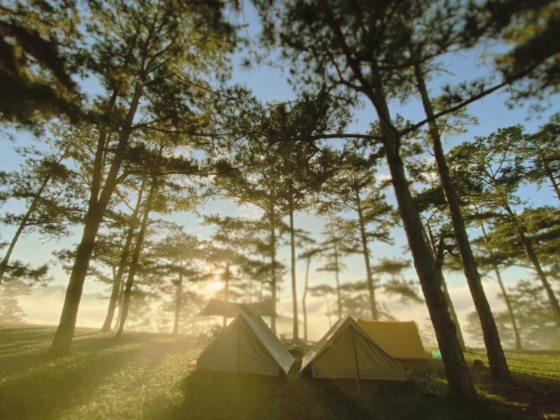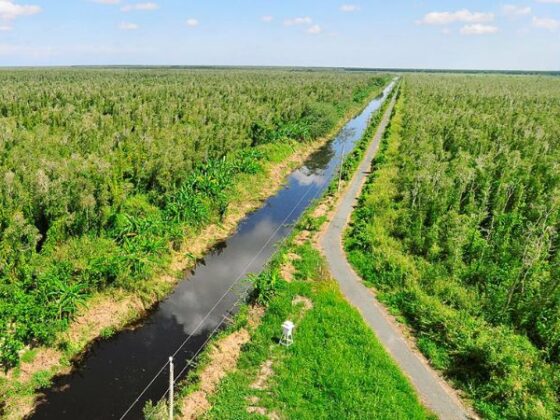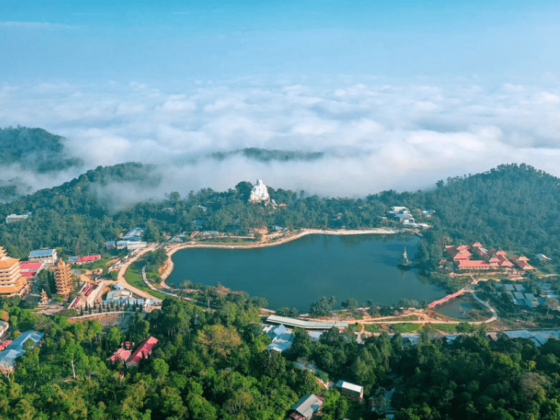Table of Contents Show
The Red River Delta Vietnam, nestled in the northern part of the country, stands as one of the cradles of Vietnamese civilization. Boasting a history that stretches back over 4,000 years, this fertile area has played a crucial role in shaping the country’s identity, culture, and agricultural practices. As the birthplace of the first Vietnamese states, the Delta continues to pulsate with life, drawing visitors into its rich tapestry of ancient traditions and modern vibrancy.
Read more interesting posts here:
- Vietnam Cloud Hunting: The Rise of Summit Hiking in the North
- Vietnam Rice Terrace Artistry: Sculptures Made by Entire Civilizations
- A First-Timer’s Guide to Tà Đùng Trekking: The “Mini Hạ Long Bay” of the Highlands
Exploring the birthplace of civilization in the Red River Delta Vietnam
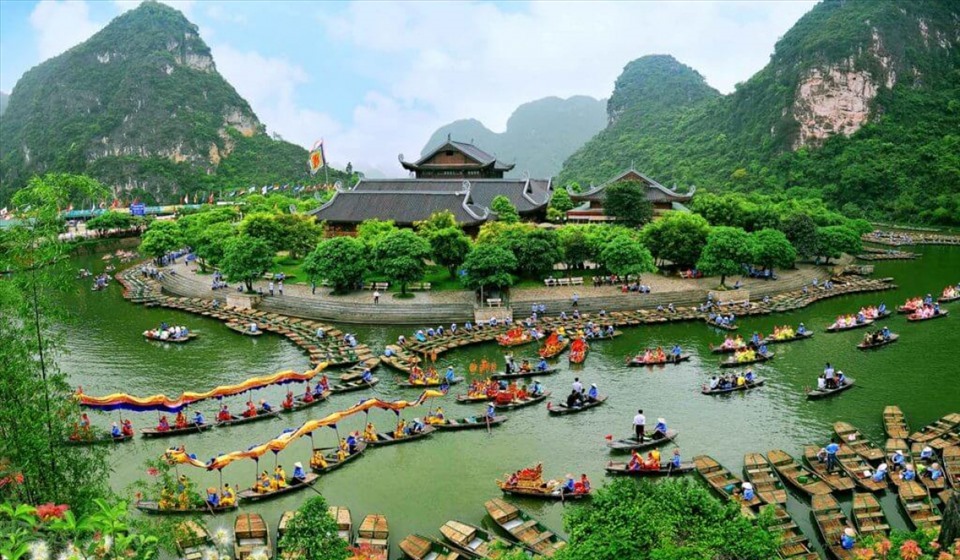
The history of the Red River Delta Vietnam is marked by the emergence of sophisticated societies characterized by advanced agricultural techniques and complex social structures. The Delta’s alluvial plains, enriched by the nutrient-rich silt deposited by the Red River, allowed for the cultivation of rice—often referred to as the backbone of Vietnamese life. This agricultural prosperity laid the foundation for the rise of early Vietnamese states around 1000 BCE.
Archaeological findings reveal that the inhabitants of this region had developed impressive irrigation systems and cultivated various crops. Such innovations were crucial in supporting growing populations and establishing a stable economic base, allowing for the development of trade networks and cultural exchange with neighboring regions.
Artistic mastery of the Dong Son culture in the Red River Delta Vietnam

One of the most significant archaeological sites in the Red River Delta Vietnam is Dong Son, which has unveiled a wealth of artifacts that testify to the sophisticated artistry and craftsmanship of early Vietnamese societies. The Dong Son culture, flourishing around 1000 BCE to 200 CE, is especially renowned for its intricately designed bronze drums. These drums are not merely musical instruments; they are intricate artworks that reflect the social, religious, and cultural customs of the time.
Each drum is adorned with elaborate motifs depicting scenes of daily life, agricultural practices, and mythology. The craftsmanship and artistry involved in creating these drums highlight the advanced techniques possessed by early Vietnam’s artisans, illustrating their ability to work with metals long before similar techniques became widespread in Europe.
Historical sites found throughout the Red River Delta Vietnam

Exploring the Red River Delta Vietnam provides a fascinating opportunity to connect with the nation’s ancient past. The Delta is dotted with historical sites, including temples, pagodas, and remnants of early settlements. Visiting these sites allows travelers to step back in time and witness the evolution of a culture steeped in history.
In addition to Dong Son, sites like Co Loa Citadel, which dates back to the 3rd century BCE, are integral to understanding the Delta’s role in Vietnam’s historical narrative. Co Loa is considered one of the earliest fortified cities in the region, showcasing the strategic military prowess of early Vietnamese states.
The enduring agricultural legacy of the Red River Delta Vietnam
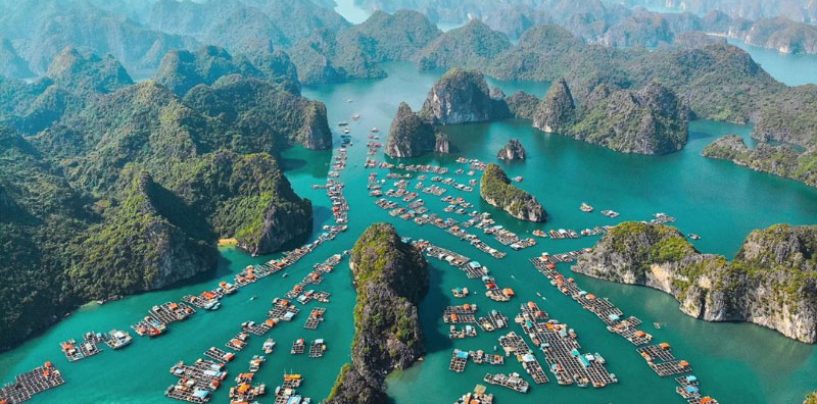
Today, the Red River Delta Vietnam remains a vibrant testament to its agricultural heritage. The region is characterized by sprawling rice paddies, bustling markets, and thriving communities, all of which continue to celebrate the traditions established by their ancestors. Local farmers still employ time-honored techniques passed down through generations, ensuring that rice cultivation remains central to life in the Delta.
Traditional festivals, such as the Tet Festival, celebrate the harvest and reflect the deep cultural significance of agriculture in Vietnamese society. These events offer a lively glimpse into the customs and beliefs that have endured through centuries, reinforcing the connection between past and present.
Sustaining cultural identity within the Red River Delta Vietnam

As the country continues to develop, the Red River Delta Vietnam serves as a vital link to the nation’s historical roots. The juxtaposition of modernity and tradition is evident in towns and cities throughout the Delta, where centuries-old practices coexist with contemporary life. This rich blend of history and culture offers a unique perspective on Vietnam’s journey as a nation.
The region not only preserves the legacy of ancient civilizations but also fosters a sense of identity and continuity among its inhabitants. Travelers venturing into this fertile land are rewarded with insights into a culture that has flourished for millennia, a culture that is as relevant today as it was in the days of the Dong Son civilization.
Conclusion
The Red River Delta Vietnam is more than just a geographical region; it is a cornerstone of Vietnamese identity, embodying a history that has shaped the nation for over 4,000 years. It invites exploration and appreciation, offering a profound connection to the ancient past while thriving in the present.
As travelers walk the rice fields and visit archaeological sites, they are not merely observing history; they are participating in a living legacy that continues to define Vietnam today. In understanding the Delta’s rich heritage, we uncover the enduring spirit of a civilization that predates many well-known empires, including those of ancient Rome.
Join our vibrant community on Facebook to share your trekking stories and tips, and don’t forget to like the ExoTrails fanpage for the latest updates and exclusive offers!
Frequently Asked Questions (FAQs)
1. Where is the Red River Delta Vietnam located?
The Red River Delta Vietnam is located in the northern region of the country, encompassing the capital city of Hanoi and surrounding provinces, stretching to the Gulf of Tonkin.
2. Why is the Red River Delta Vietnam historically important?
It is considered the cradle of Vietnamese civilization, home to the ancient Dong Son culture and the site where the earliest Vietnamese states were founded over 4,000 years ago.
3. What are the best things to do in the Red River Delta Vietnam?
Visitors can explore ancient citadels like Co Loa, visit traditional craft villages, tour vast rice paddies, and experience the cultural heritage of Hanoi and Ninh Binh.

